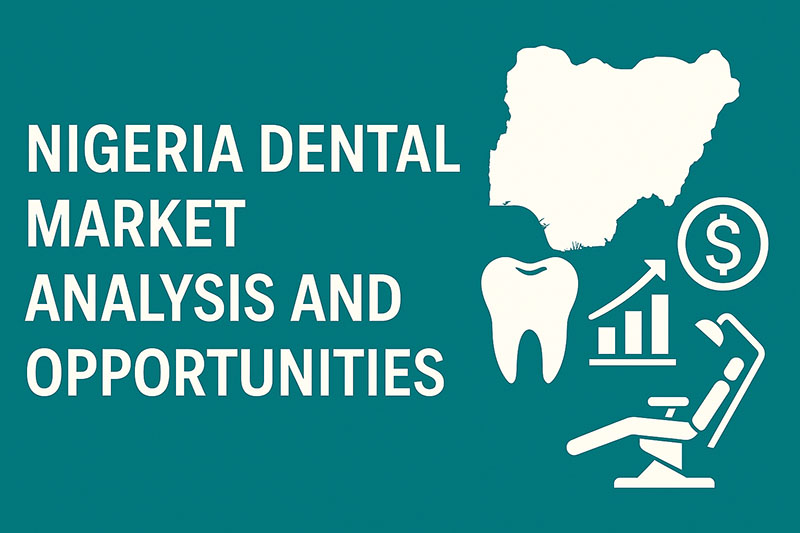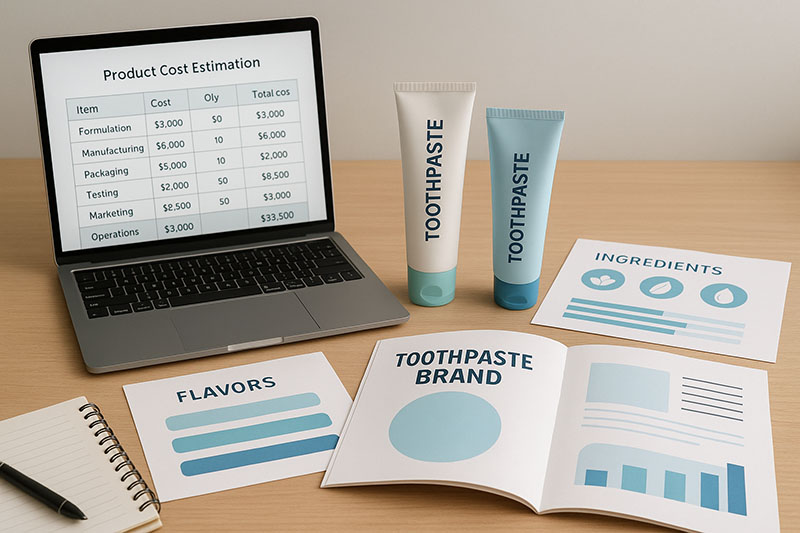Non-Fluoride Toothpaste: Benefits, Brands, and Best Picks
With growing interest in holistic oral care, non-fluoride toothpastes have surged in popularity. Whether driven by sensitivity to fluoride, preference for natural ingredients, or concerns about overexposure, many are exploring fluoride-free alternatives. This guide dives deep into what non-fluoride toothpaste is, how it works, its benefits and drawbacks, and practical tips for choosing the best one for you and your family.
What Is Non-Fluoride Toothpaste?
Non-fluoride toothpaste forgoes traditional fluoride compounds—namely sodium fluoride or stannous fluoride—that have long been added to strengthen enamel and prevent decay. Instead, these formulas rely on alternative active ingredients to clean teeth, freshen breath, and sometimes even remineralize enamel.
Common non-fluoride actives include:
Hydroxyapatite: A bioavailable form of calcium phosphate that mimics tooth mineral.
Xylitol: A natural sugar alcohol shown to inhibit decay-causing bacteria.
Herbal extracts: Such as tea tree oil, neem, or licorice root, prized for antimicrobial properties.
Baking soda: Mildly abrasive and pH-neutralizing.
Activated charcoal: Porous particles that adsorb surface stains.
Why Consider Non-Fluoride Options?
Fluoride Sensitivity
Some people experience irritation or allergic reactions to fluoride compounds, manifesting as mouth ulcers or dermatitis around the lips.Natural and Clean Formulations
Many non-fluoride toothpastes emphasize organic, cruelty-free, and vegan ingredients, appealing to eco- and health-conscious consumers.Children’s Safety
Young children often swallow toothpaste. While fluoride in small amounts is generally safe, some parents prefer fluoride-free on account of ingestion concerns, especially in toddlers under two.Complementary Oral Routines
For those using remineralizing treatments—like topical calcium or fluoride varnishes—non-fluoride toothpaste may better align with their regimen.
Fluoride vs. Non-Fluoride Toothpaste: Key Differences
| Feature | Fluoride Toothpaste | Non-Fluoride Toothpaste |
|---|---|---|
| Active Defense | Forms fluorapatite to strengthen enamel | Relies on alternatives (e.g., hydroxyapatite, xylitol) |
| Decay Prevention | Proven to reduce cavities by 25–30%¹ | Evidence emerging for hydroxyapatite², xylitol³ |
| Safety Profile | Generally safe; excess ingestion may cause fluorosis in kids | No risk of fluorosis, but efficacy depends on formulation |
| Formulations | Widely available, broad price range | Often premium-priced, niche brands |
| Taste & Texture | Minty freshness, varied abrasiveness | May feature herbal flavors, milder abrasives |
Benefits of Non-Fluoride Toothpaste
Gentle on Sensitive Teeth and Gums
Many formulas use low-abrasive cleansers, ideal for those with enamel erosion or gum recession.Natural Whitening
Ingredients like baking soda and charcoal can lift surface stains without harsh chemicals.Antimicrobial Action
Herbal extracts provide broad-spectrum inhibition of plaque bacteria.pH Balancing
Some toothpastes include alkaline agents to neutralize acid, protecting enamel from demineralization.Safe if Swallowed
Parents can rest easy knowing accidental ingestion won’t lead to fluoride buildup.
Considerations Before Switching
Caries Risk: If you have a history of cavities, consult your dentist—non-fluoride options may be less protective.
Formula Efficacy: Look for clinically tested ingredients (e.g., hydroxyapatite with peer-reviewed support).
Cost: Premium natural toothpaste often runs $6–$15 per tube.
Taste Preferences: Some herbal blends may be less minty, so test sample sizes first.
Choosing the Best Non-Fluoride Toothpaste
When evaluating brands and products, consider:
Active Ingredients
Hydroxyapatite for enamel repair
Xylitol for antibacterial action
Baking soda for gentle polishing
Abrasivity Level (RDA)
Aim for RDA < 70 if you have sensitive teeth.Certifications
Look for NSF-certified natural, vegan, cruelty-free, or ADA Acceptance (even without fluoride) if available.Packaging
Eco-minded consumers may favor recyclable or tube-free options.User Reviews
Real-world feedback on taste, texture, and results can guide your pick.
Non-Fluoride Toothpaste for Kids
Flavor Fun: Brands often offer fruit or bubblegum flavors to encourage brushing.
Low Abrasivity: Pediatric formulas minimize enamel wear.
Safe Swallowing: Non-toothy fearful children can’t harm enamel.
Brands like Tom’s of Maine and Hello specialize in children’s non-fluoride lines.
Natural Non-Fluoride Toothpaste Brands
Does Non-Fluoride Toothpaste Prevent Cavities?
While fluoride remains the gold standard, emerging research shows:
Nano-Hydroxyapatite toothpaste reduced sensitivity and aided remineralization in clinical trials².
Xylitol usage decreased Streptococcus mutans counts³.
However, long-term, large-scale studies are still needed to match fluoride’s robust evidence.
Where to Buy Non-Fluoride Toothpaste
Drugstores & Supermarkets: Target, Walmart, CVS often stock major brands.
Online Retailers: Amazon hosts wide selections and customer reviews.
Natural Grocers: Whole Foods, Sprouts carry premium organic lines.
Direct-to-Consumer: Brand websites offer subscription discounts.
Try Lidercare Now!
We Help You Launch New Products, And Continue To Grow. Try Us With 20% Off Your First Order!
Conclusion
Non-fluoride toothpaste offers a gentle, natural approach to oral hygiene, with benefits for those sensitive to fluoride or seeking eco-friendly options. While fluoride remains the gold standard for cavity prevention, many non-fluoride alternatives—especially those containing hydroxyapatite and xylitol—show promise. Always discuss any major changes with your dental professional to ensure your chosen toothpaste aligns with your oral health goals.
Blog Post Q&A
Q: What toothpaste is non-fluoride?
A: Any toothpaste labeled “fluoride-free” uses alternative actives like hydroxyapatite, xylitol, or herbal extracts instead of sodium or stannous fluoride.
Q: Do dentists recommend non-fluoride toothpaste?
A: Dentists may recommend it for patients with fluoride sensitivities, children prone to swallowing, or those on remineralization programs—but for high-cavity-risk individuals, fluoride toothpaste remains preferred.
Q: Is toothpaste without fluoride still good?
A: Yes—especially if it contains clinically supported ingredients like hydroxyapatite. It may be slightly less protective against cavities but offers gentler, natural cleaning.
Q: What happens when you stop using fluoride toothpaste?
A: Your enamel may lose some resistance to acid; you might experience more sensitivity over time without a proper alternative that promotes remineralization.
Q: Does non-fluoride toothpaste work?
A: Effectiveness varies by formula. Look for peer-reviewed ingredients (hydroxyapatite, xylitol) and low abrasivity to ensure enamel protection and gentle stain removal.
Further Reading
For more in-depth information, check out:
Table of Contents
Awesome! Share to:
Latest Blog Posts
Check out the latest industry trends and take inspiration from our updated blogs, giving you a fresh insight to help boost your business.



